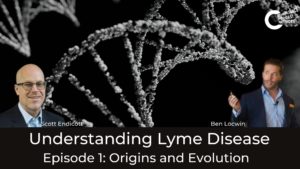Welcome to The Night Sky: A Podcast on the Eclipses Comes to Kerrville, a podcast that celebrates that for two days over the next 18 months, Kerrville, TX, will be the Eclipse Capitol of the World. This podcast, hosted by Andrew Gay and Tom Fox, will celebrate these two eclipses and discuss how the town of Kerrville will prepare for an influx of a quarter million (or more) visitors. This podcast is hosted by the Texas Hill Country Podcast Network.
In this inaugural episode, Andrew and Tom visit with Ben Locwin, who holds a Ph.D. in AstroPhysics and has long loved the stars in the heavens. Ben describes the wonder and awe he found looking into the night skies as a young boy, and he explains the two different types of eclipses which will pass through Kerrville and how to view them best.
Highlights include:
· What is a solar eclipse? How often do they occur? What is their significance?
· What is an annular eclipse?
· What is a total eclipse?
· The best way to watch an eclipse?
· Will the sensation of a total eclipse be more than visual?
· Why are you looking forward to it?
· If someone wanted to read up on these eclipses, what books might you suggest?
Resources
Ben Locwin on LinkedIn
Andrew Gay on LinkedIn
Tom Fox on LinkedIn






